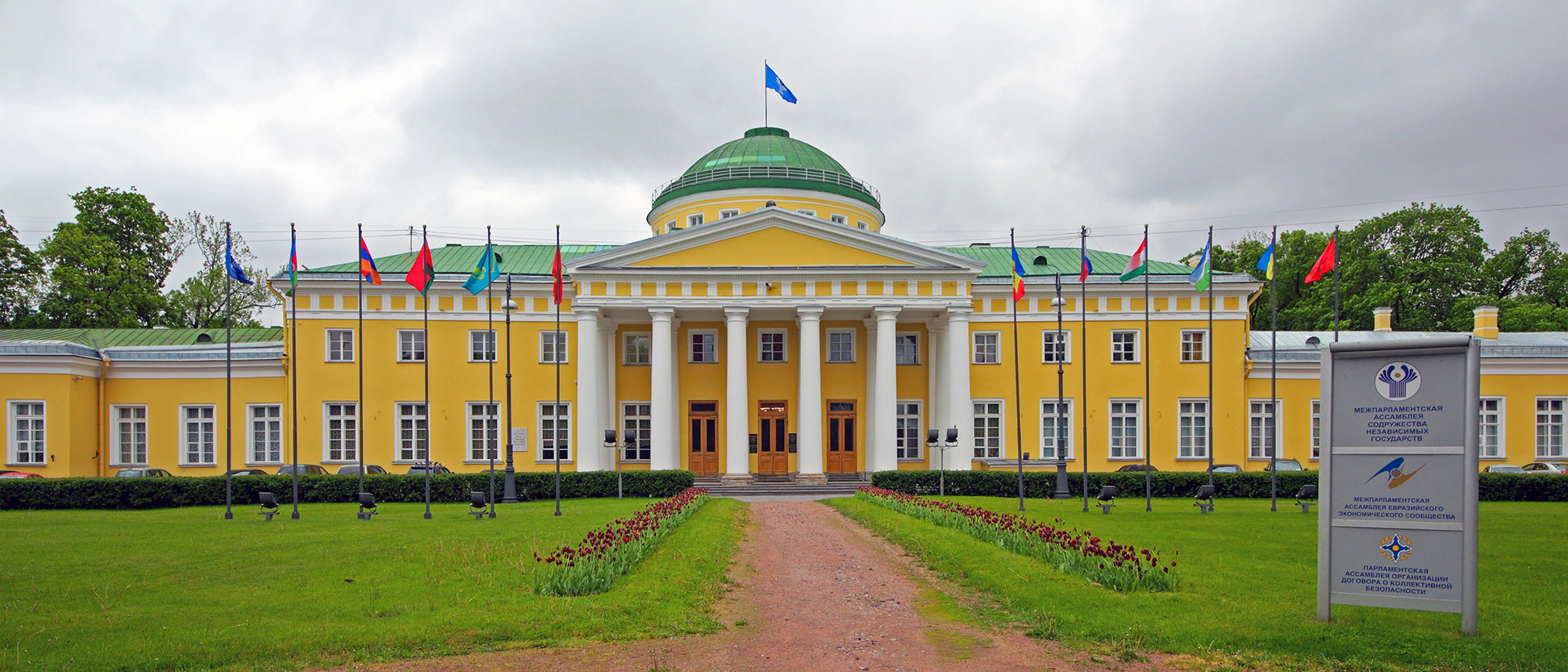More about the Commonwealth of Independent States
 The Belavezha Accords. Signing of the agreement to establish the Commonwealth of Independent States (CIS) on 8 December 1991. The agreement declared the dissolution of the USSR by its founder states (denunciation of the Treaty on the Creation of the USSR) and established the CIS.
Photo: U. Ivanov, RIA Novosti
The Belavezha Accords. Signing of the agreement to establish the Commonwealth of Independent States (CIS) on 8 December 1991. The agreement declared the dissolution of the USSR by its founder states (denunciation of the Treaty on the Creation of the USSR) and established the CIS.
Photo: U. Ivanov, RIA Novosti
As early as March 1991, Mikhail Gorbachev, then president of the Soviet Union, proposed a federation by holding a referendum on preserving the USSR as a union of sovereign states. The signing of the new treaty never took place, as Communist Party hardliners attempted a coup in August of that year. After the events of the failed coup, the Soviet republics had declared independence for fear of another coup.
Ukraine's declaration of independence from the Soviet Union on 24 August 1991, significantly reduced the chances for the USSR's continued cohesion.
On 26 December 1991, the Soviet Union dissolved. Two days later, the Commonwealth of Independent States (CIS) was established in its place.
In 1993 Georgia joined the CIS, but as a result of the armed conflict over South Ossetia (Russo-Georgian War), Georgia declared its withdrawal from the CIS on 14 August 2008.
Since 25 August 2005,
Turkmenistan has also been an associate member only, to comply with its international neutrality status recognized by the United Nations..
Ukraine largely suspended its participation in the CIS beginning in 2014 and, in 2018, withdrew its representatives from all CIS statutory bodies as a result of the Russian Federation's annexation of Crimea and Russia's involvement in the war in the Donbas.
Founding of
the Commonwealth of Independent States
 The Viskuli hunting lodge in Belarus was the place where the end of the Soviet Union was sealed. The Belavezha Accords ended the existence of the USSR and established the CIS.
Photo: RIA Novosti
The Viskuli hunting lodge in Belarus was the place where the end of the Soviet Union was sealed. The Belavezha Accords ended the existence of the USSR and established the CIS.
Photo: RIA Novosti
The Commonwealth of Independent States was founded on 8 December 1991 by the Soviet republics of Belarus, Russia and Ukraine.
The CIS announced that the new organization would be open to all republics of the former Soviet Union.
The leaders of the eight former Soviet republics Armenia, Azerbaijan, Kazakhstan, Kyrgyzstan, Moldova, Turkmenistan, Tajikistan and Uzbekistan signed the Alma-Ata Protocol on 28 December 1991. With the agreement was decided the dissolution of the Soviet Union and the creation of the CIS.
The signatories of the Alma-Ata Protocol
The signatories of the Alma-Ata Protocol were
Russia: Boris Yeltsin
Ukraine: Leonid Kravchuk
Belarus: Stanislav Shushkevich
Armenia: Levon Ter-Petrosyan
Azerbaijan: Ayaz Mutallibov
Kazakhstan: Nursultan Nazarbayev
Kyrgyzstan: Askar Akayev
Moldova: Mircea Snegur
Tajikistan: Rahmon Nabiyev
Turkmenistan: Saparmurat Niyazov
Uzbekistan: Islam Karimov








